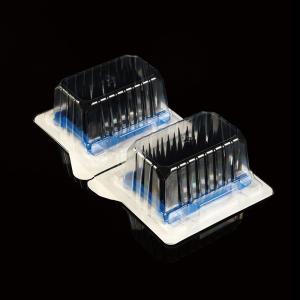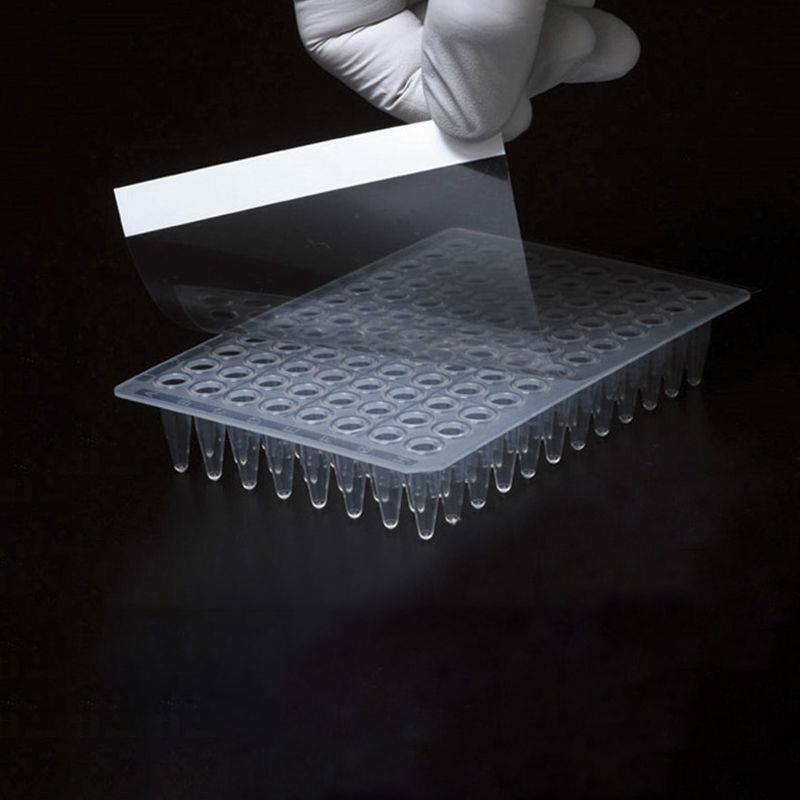The Global Life Science Reagent Market Size was valued at USD 35,000million in 2021 and the worldwide life science reagent market is expected to reach USD 69,384million by 2030, According to a research report published by Spherical Insights & Consulting. Companies Covered: Agilent Technologies, Becton, Dickinson and Company, F. Hoffmann-La Roche AG, Bio-Rad Laboratories, Inc., Danaher Corporation, Illumina, Inc., Thermo Fisher Scientific, Inc, QIAGEN, Merck KGaA, Shimadzu Corporation, Hitachi, Ltd., Bruker, Oxford Instruments plc, and Zeiss International and others 20+ prominent key players we have added in the final report.
New York, United States, Dec. 14, 2022 (GLOBE NEWSWIRE) -- The Global Life Science Reagent Market Size to grow from USD 35,000 million in 2021 to USD 69,384 million by 2030, at a Compound Annual Growth Rate (CAGR) of 7.9% during the forecast period. The life science reagent market has grown due to the increasing number of life science research institutes. Global Economy: Recession Risk Rising Analysis and Russia-Ukraine Conflict War Impact we have added in the final premium report. Pcr Squeeze Tube

Get a Sample PDF Brochure: https://www.sphericalinsights.com/request-sample/1352
The immunoassay reagents segment to account for the largest market size during the forecast period.
Based on the product type, the global life science reagent market is categorized into Cell and Tissue Culture Reagents, Chromatography Reagents, Clinical Chemistry Reagents, Immunoassay Reagents, Molecular Diagnostic Reagents, Microbiology Reagents, and Other Product Types. The immunoassay reagents segment to account for the largest market size during the forecast period. The most often-used diagnostic method in hospitals and pathology labs is an immunoassay. Due to its precise results, high sensitivity, and simplicity of use, the immunoassay approach is growing in popularity as a diagnostic tool.
The hospitals and diagnostic laboratories segment to hold a higher CAGR during the forecast period.
Based on the end-user, the life science reagent market is categorized into Hospitals and Diagnostic Laboratories, Academic and Research Institutes, and Other End Users. The hospitals and diagnostic laboratories segment to hold a higher CAGR during the forecast period. To understand the epidemiology of the disorders, researchers are also using reagents, which will accelerate the segment's growth. Additionally, there has been a sharp rise in the use of life science reagent products used in testing for suspected COVID-19 patients in hospitals around the world, which has had a favorable impact on the growth of the market as a whole.
Browse 51 market data Tables and 61 Figures spread through 279 Pages and in-depth TOC on "Global Life Science Reagent Market Size, Share, and COVID-19 Impact Analysis, By Product Type (Cell and Tissue Culture Reagents, Chromatography Reagents, Clinical Chemistry Reagents, Immunoassay Reagents, Molecular Diagnostic Reagents, Microbiology Reagents, and Other Product Types), By End User (Hospitals and Diagnostic Laboratories, Academic and Research Institutes, and Other End Users), and By Region (North America, Europe, Asia-Pacific, Latin America, Middle East, and Africa), Analysis and Forecast 2021 – 2030."
Buy Now Full Report: https://www.sphericalinsights.com/checkout/1352
The COVID-19 pandemic has made an adverse impact on credit portfolios. There has been an unprecedented rise in unemployment and disruption in economic activity, putting a strain on the solvency of customers and companies. Central banks have taken a proactive approach by injecting liquidity into the market by lowering interest rates and asset purchase programs. Managing and monitoring credit, market, liquidity, and operational risk across financial markets were hard enough with ongoing geopolitical tensions, international trade wars, and the occasional hurricanes and earthquakes. The current pandemic situation has forced chief risk officers and their teams to recalibrate old assumptions and models used to manage and monitor risk. COVID-19’s global impact has shown that interconnectedness plays an important role in international cooperation. As a result, many governments started rushing toward identifying, evaluating, and procuring reliable solutions powered by AI.
Asia-Pacific to hold a higher CAGR during the forecast period.
The Global Life Science Reagent Market has been segmented into five major regions: North America, Europe, Asia-Pacific, South America, The Middle East and Africa. North America is estimated to account for the highest market share in 2022. Due to the greater frequency of infectious diseases, rising prevalence, and ageing population in this area. Incidence rates for other chronic diseases, such as cancer, are likewise high in the US. According to the American Cancer Society's 2022 forecast, there will likely be 1.9 million new cancer diagnoses and 609,360 cancer-related deaths in 2022. These diseases are one of the main causes of death and disability in North America.
Get Discount At @ https://www.sphericalinsights.com/request-discount/1352
Key Companies & Recent Developments: The report also provides an elaborative analysis focusing on the current news and developments of the companies, which includes product development, innovations, joint ventures, partnerships, mergers & acquisitions, strategic alliances, and others. This allows for the evaluation of the overall competition within the market. Major vendors in the Global Life Science Reagent Market include Agilent Technologies, Becton, Dickinson and Company, F. Hoffmann-La Roche AG, Bio-Rad Laboratories, Inc., Danaher Corporation, Illumina, Inc., Thermo Fisher Scientific, Inc, QIAGEN, Merck KGaA, Shimadzu Corporation, Hitachi, Ltd., Bruker, Oxford Instruments plc, and Zeiss International.
View a detailed Table of Content Here: https://www.sphericalinsights.com/table-of-contents/life-science-reagent-market
Global Transcriptomics Technologies Market Size, Share, and COVID-19 Impact Analysis, By Technology (Microarrays, PCR, Gene Regulation Technologies, and Next Generation Sequencing), By Application (Clinical Diagnostics, Drug Discovery and Research, Bioinformatics and Comparative Transcriptomics), and By Region (North America, Europe, Asia-Pacific, Latin America, Middle East, and Africa), Analysis and Forecast 2021 – 2030.
https://www.sphericalinsights.com/reports/transcriptomics-technologies-market
Global Stem Cell Therapy Market Size, Share, and COVID-19 Impact Analysis, By Type (Autologous and Allogeneic), By Cell Source (Adipose Tissue-Derived, MSC, Bone Marrow, and Placenta/Umbilical Cord), By Therapeutic Application (Musculoskeletal, Wounds, Surgeries, Cardiovascular, and Neurological), and By Region (North America, Europe, Asia-Pacific, Latin America, Middle East and Africa), Analysis and Forecast 2021 – 2030.
https://www.sphericalinsights.com/reports/stem-cell-therapy-market
For More Information on Your Target Market, Please Contact Us Below:
Phone: +1 303 800 4326 (the U.S.)
Email: inquiry@sphericalinsights.com, sales@sphericalinsights.com
Contact Us: https://www.sphericalinsights.com/contact-us

Perkinelmer Tips Follow Us: LinkedIn | Facebook | Twitter